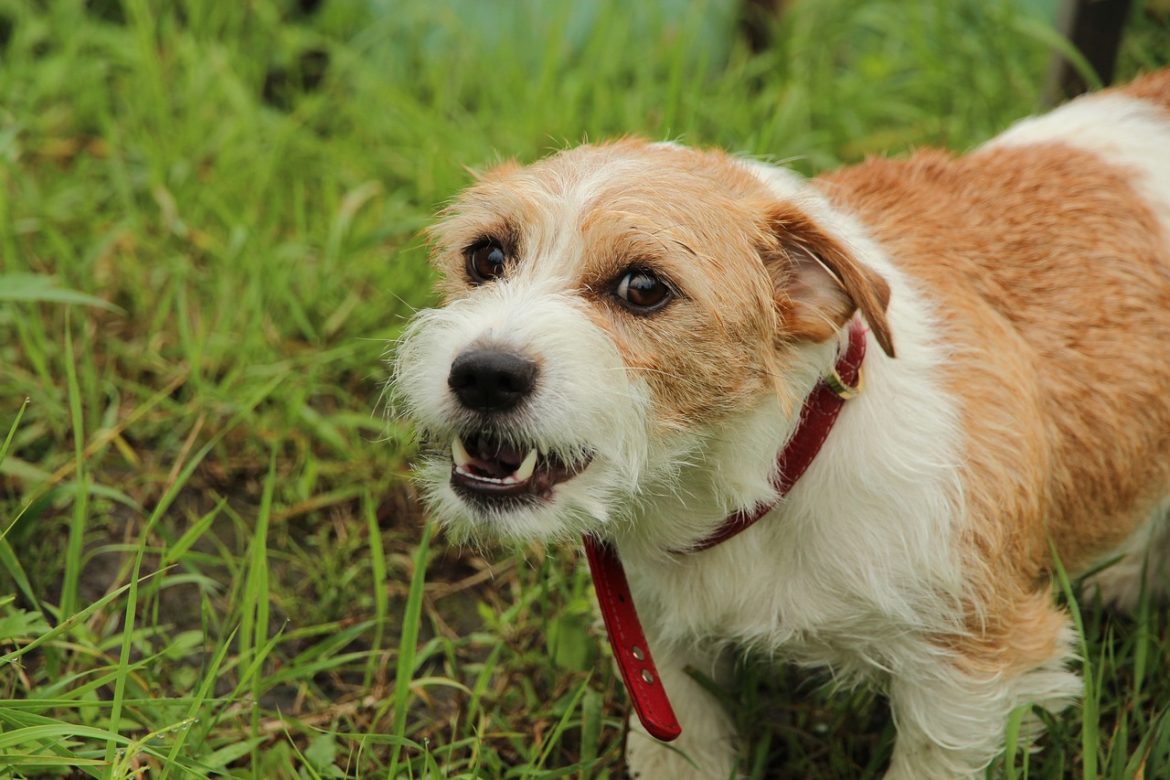As much as we love our furry friends, there are times when their behavior can become a bit too much to handle. Pet aggression is a common issue that many pet owners face, and it can be a source of stress and frustration for both the owner and the pet. Whether it’s barking, biting, or growling, managing pet aggression requires patience, understanding, and a willingness to work with your pet to find a solution. In this article, we’ll explore some tips for managing furry fury and helping your pet become a happier, more well-behaved member of your family.
1. “When Fluff Turns to Fury: Understanding Pet Aggression”
As much as we love our furry friends, there are times when their behavior can be unpredictable and even dangerous. Pet aggression is a serious issue that can result in injury to both humans and other animals. Understanding the causes of pet aggression is crucial in preventing and managing this behavior.
There are several factors that can contribute to pet aggression, including genetics, socialization, and past experiences. Some pets may be predisposed to aggression due to their breed or individual temperament. Lack of proper socialization during their early development can also lead to fear and aggression towards unfamiliar people or animals. Additionally, pets who have experienced trauma or abuse may exhibit aggressive behavior as a defense mechanism.
- Signs of Pet Aggression: It’s important to recognize the warning signs of pet aggression, which can include growling, barking, biting, and lunging. These behaviors may be triggered by specific situations or stimuli, such as meeting new people or encountering other animals.
- Preventing Pet Aggression: Early socialization and training can help prevent pet aggression. It’s important to expose your pet to a variety of people, animals, and environments in a positive and controlled manner. Consistent training and positive reinforcement can also help reinforce good behavior and prevent aggressive tendencies.
2. “Taming the Beast Within: Effective Strategies for Managing Pet Aggression”
Aggression in pets can be a serious problem that requires immediate attention. Whether it’s a dog, cat, or any other animal, it’s important to understand the root cause of their aggressive behavior and take steps to manage it. Here are some effective strategies for taming the beast within:
- Identify the Triggers: The first step in managing pet aggression is to identify the triggers that cause it. This could be anything from loud noises to unfamiliar people or animals. Once you know what triggers your pet’s aggression, you can take steps to avoid those situations or desensitize them to the triggers.
- Positive Reinforcement: Positive reinforcement is a powerful tool for managing pet aggression. Rewarding your pet for good behavior can help them learn to associate positive experiences with certain situations or people. This can help reduce their anxiety and aggression over time.
- Training: Training your pet is another effective strategy for managing aggression. This could include obedience training, socialization, or specialized training for aggressive behavior. Working with a professional trainer can help you develop a customized training plan that addresses your pet’s specific needs.
Remember, managing pet aggression takes time and patience. It’s important to be consistent in your approach and to seek professional help if needed. With the right strategies and a commitment to positive reinforcement, you can help your pet overcome their aggressive behavior and live a happy, healthy life.
- Medication: In some cases, medication may be necessary to manage pet aggression. This could include anti-anxiety medication or other medications prescribed by a veterinarian. It’s important to work closely with your vet to determine the best course of treatment for your pet.
- Environmental Changes: Making changes to your pet’s environment can also help manage aggression. This could include providing a safe space for your pet to retreat to when they feel anxious or stressed, or making changes to your home to reduce potential triggers.
- Seek Professional Help: If your pet’s aggression is severe or persistent, it’s important to seek professional help. This could include working with a veterinarian, animal behaviorist, or other pet professional who specializes in managing aggression. They can help you develop a customized plan for managing your pet’s behavior and provide ongoing support and guidance.
3. “From Growls to Grins: How to Foster a Safe and Happy Home for Your Furry Friend
Creating a Safe and Happy Home for Your Furry Friend
As pet owners, we all want our furry friends to feel safe and happy in our homes. Here are some tips to help you create a comfortable environment for your pet:
- Provide a cozy sleeping area: Your pet needs a comfortable place to rest and sleep. Make sure to provide a cozy bed or crate where your pet can relax and feel safe.
- Keep your home clean: Regularly clean your home to keep it free from dirt, dust, and other allergens that can harm your pet’s health. Use pet-friendly cleaning products to avoid any toxic chemicals.
- Provide plenty of toys: Keep your pet entertained with plenty of toys to play with. This will help prevent boredom and destructive behavior.
- Keep your pet safe: Make sure your home is safe for your pet by keeping dangerous items out of reach. This includes toxic foods, plants, and household items that can harm your pet.
By following these tips, you can create a safe and happy home for your furry friend. Remember to give your pet plenty of love and attention, and they will reward you with unconditional love and loyalty.
In conclusion, managing pet aggression can be a challenging task, but with the right approach, it is possible to help your furry friend overcome their fury. Remember to always prioritize safety, seek professional help when necessary, and be patient with your pet as they work through their issues. By following these tips and putting in the effort, you can create a happy and harmonious home for both you and your beloved pet.

